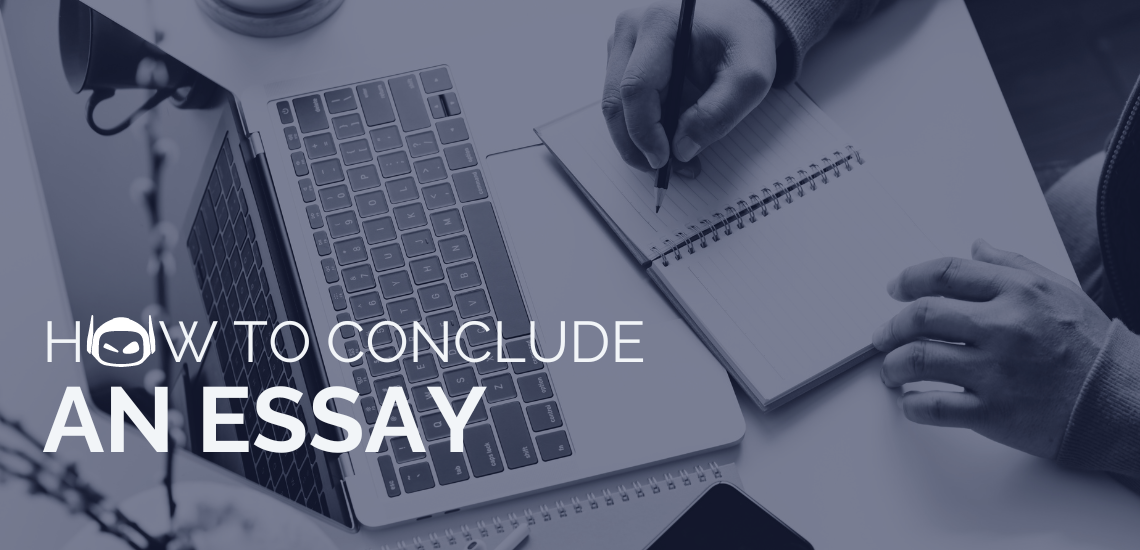
Step-by-Step Instructions for Writing
Every piece of writing, especially essays, benefits from a well-crafted...
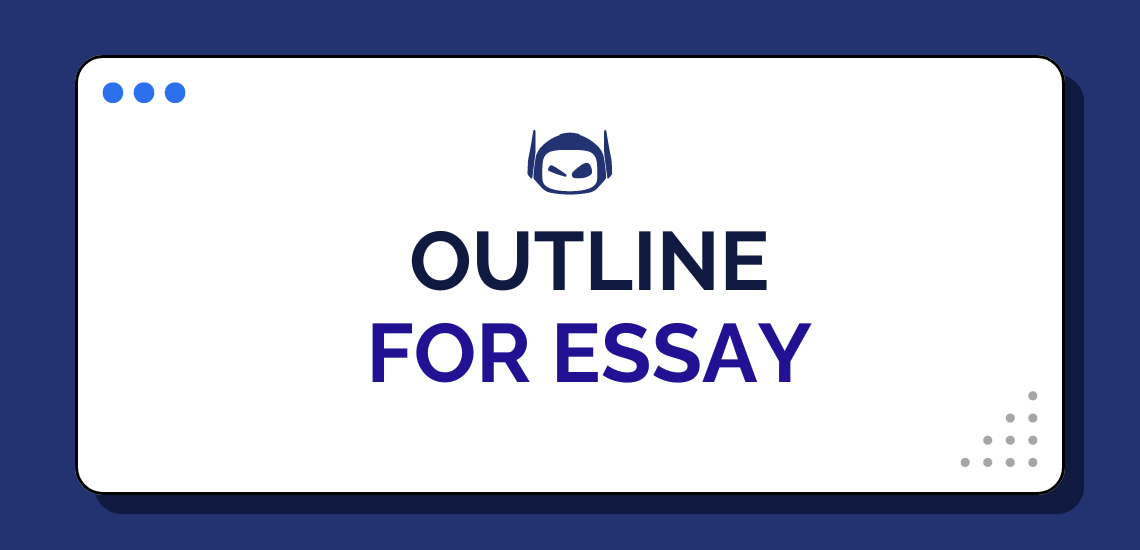
Step-by-Step Instructions for Writing
Think of an outline for an essay as a guide...
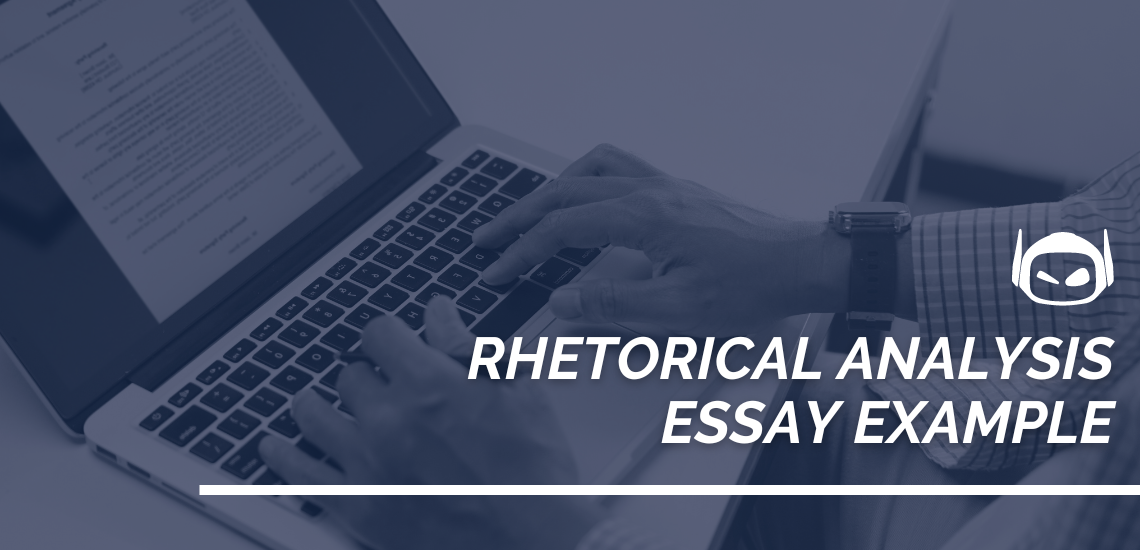
General Guide About Content and Writing
Are you struggling to write a compelling rhetorical analysis essay?...
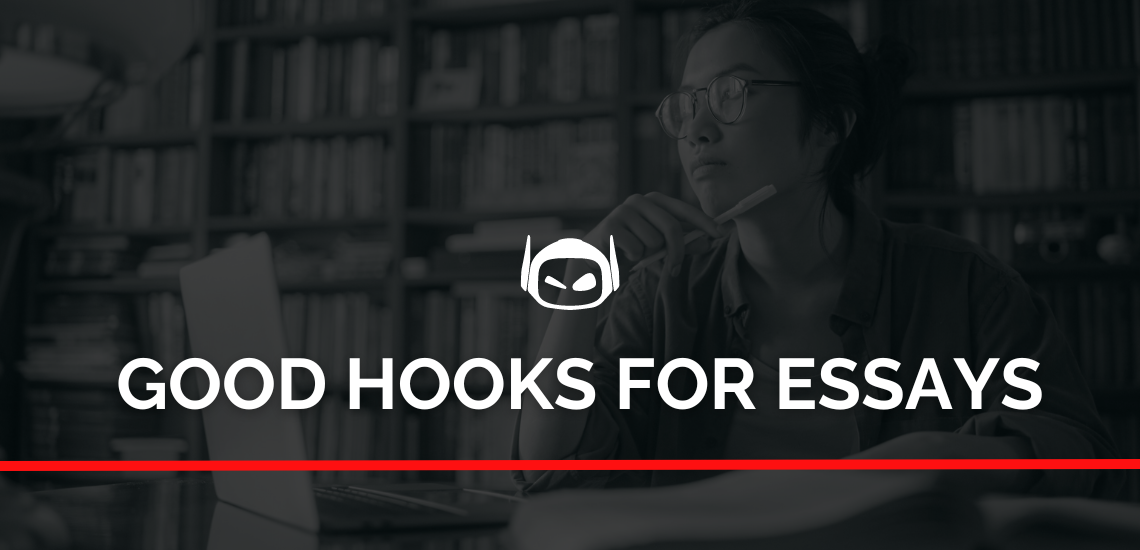
General Guide About Content and Writing
Ever wondered what is a good hook for an essay...

General Guide About Content and Writing
Are you wondering how to set yourself apart in an...
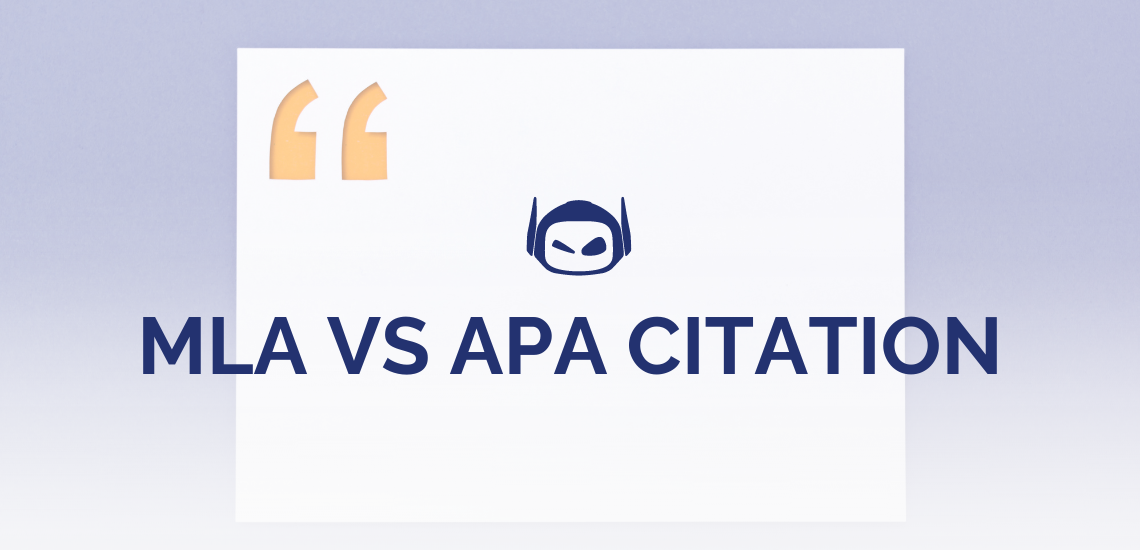
General Guide About Content and Writing
You’ve just finished your essay, and now you face the...

If you study literature, you know that it’s a window...
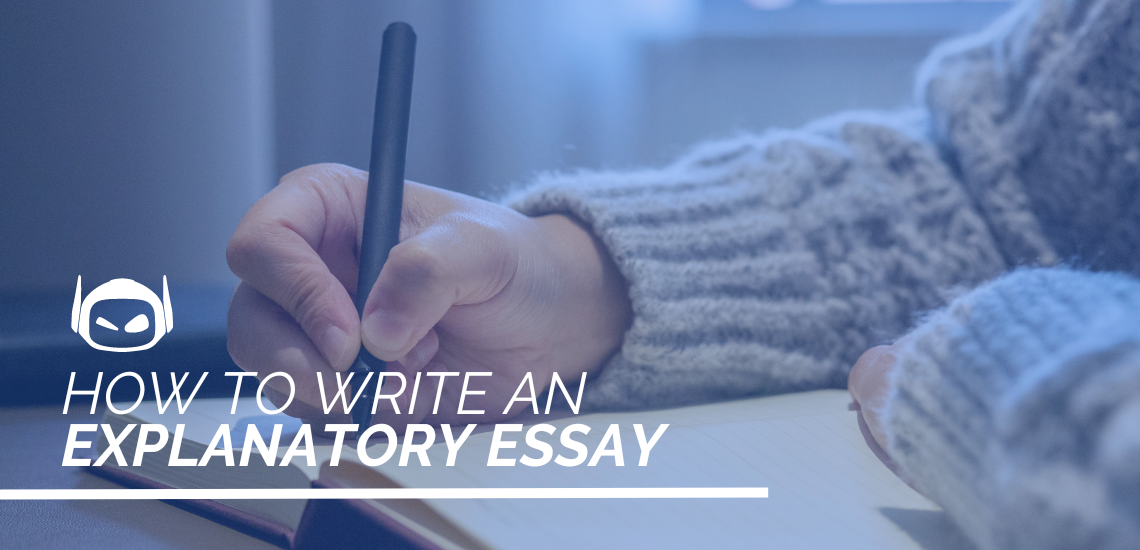
Step-by-Step Instructions for Writing
Learning how to write an explanatory essay can be daunting...
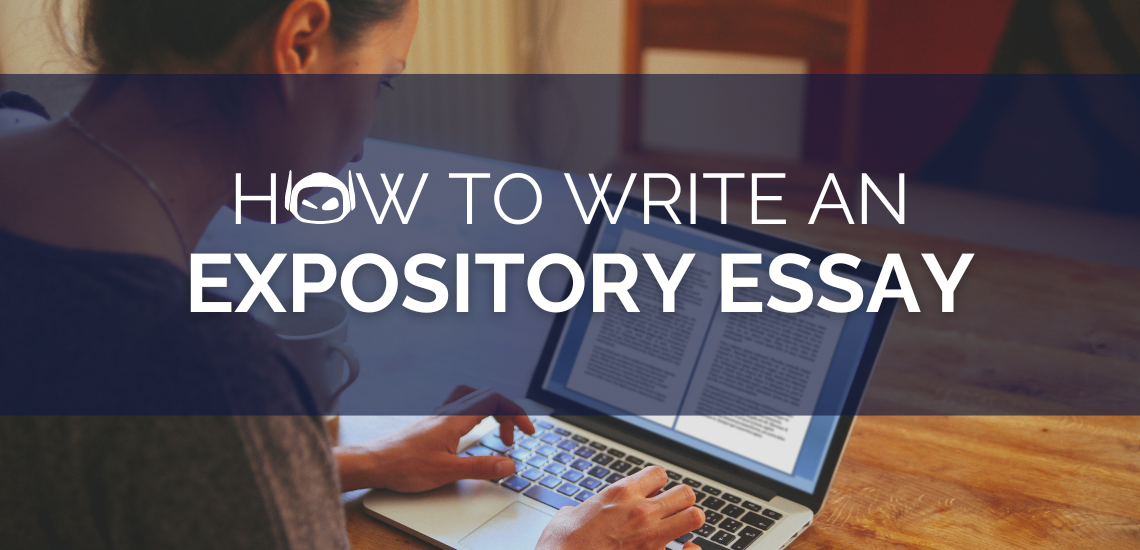
There are many different types of essays that students need...